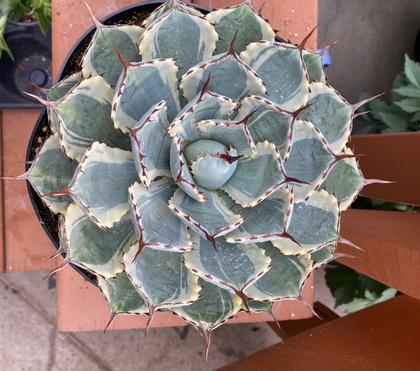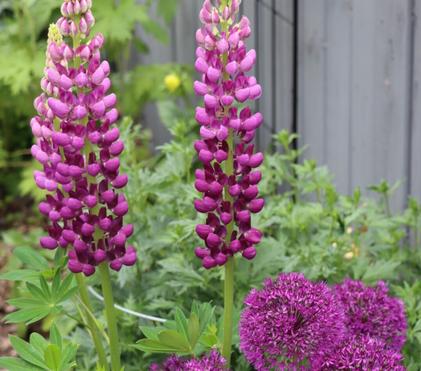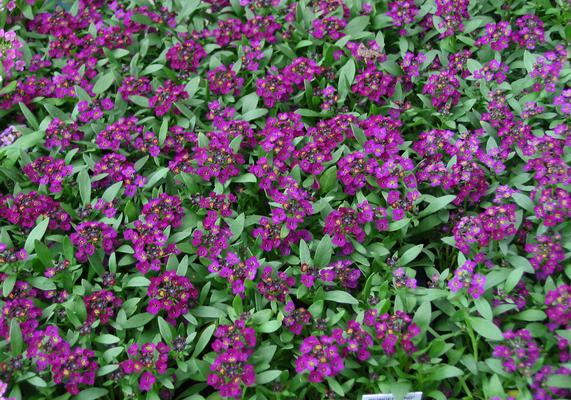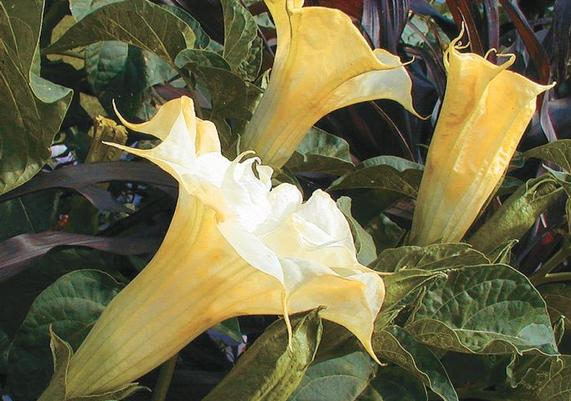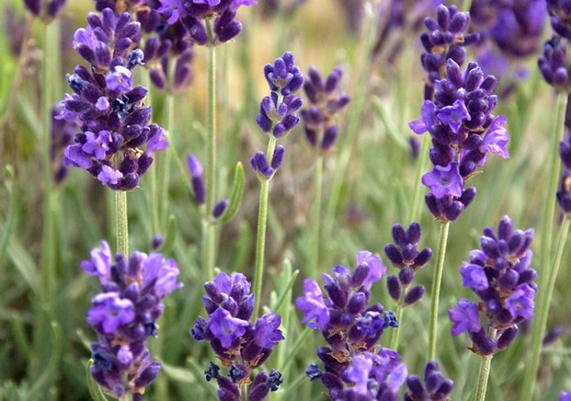How To Plan A Garden: An Easy 4-Step Guide
Have you ever set out to do anything without having a strategy? And how did that work for you? Just how many trips did you take back to the store to get supplies?
Strategizing for anything you’d like to accomplish is always a good idea. In this blog we will talk about why planning a garden is a good idea and talk about steps in planning a garden.
Why Is Garden Planning So Important?
Being intentional about how to put your garden together has several advantages:
- A garden plan keeps you organized – you will know what supplies and plant products you need so you can make a list and get most of the shopping done all at once; or you can work your garden plan each section at a time.
- A garden plan will help you save money – being organized decreases trips to the store and you can take advantage of quantity pricing if you buy most of your supplies at once.
- A garden plan helps you use time efficiently – with a plan you can work each piece at time and not wander around wondering what to do.
- A garden decreases stress your level – Being organized reduces stress no matter what you project you are accomplishing.
How To Plan A Garden
Larry Hodgson, author of "Perennials for Every Purpose" and "Annuals for Every Purpose" is one of our favourite Canadian gardening authors. In his perennial book, he has an excellent chapter on 'Getting Your Garden Started'. The following list is partly influenced by this chapter.
1. Figure Out Your “Why”
Take some time to dream about your garden. Think about what you would like it for and identify your purpose.
What you’ll have to decide is will this be an outdoor living room, dining room, kitchen or all of the above?
Here’s what we mean:
- Would you like a flower garden? Would you like to be able to enjoy cut flowers in your home? Would you like to attract pollinators like bees & butterflies?
- Would you like to grow food like fruit, vegetables or fresh herbs?
- Would you like a mixed garden with both flowers and vegetables?
- Is this a garden you’d like to see from a window?
- Would you like to sit and relax in this garden?
- Is this a gardening space that you would like for walking or meandering through?
2. Get To Know Your Garden Space
Every gardening space is distinct and different. Think of your gardening area as offering you unique opportunities. Be a student of your gardening space.
Here are a few questions to mull over:
- How much space is available? Size will determine what you can do with your space.
- Is there an opportunity to modify your space? For example, could you add raised beds somewhere? Is it possible to expand your gardening area and make your garden bigger? Or, would you perhaps like to reduce the growing area?
- Is your space more shaded, or sunny? Take note of the hours of sun and shade your plot experiences and write it down. This will determine the kinds of plants you can grow. Remember to note that fences, building and trees will shade out the sun.
- What is the moisture like in this area? Is it a wet spot, a dry spot or somewhere in-between?
- What is the soil quality like in the area? Is it a rich, deep black soil with lots of organic matter? Is it fine, heavy, packed and rocky? Does the quality of the soil need to be improved before we move on to planting? Are there underlying tree roots that are affecting the soil quality and your planting ability?
- How windy is your space? Is your garden a sheltered area or do you have a constant breeze?
- Do you have pets? There is no question that your pets will have an impact on how you garden. This includes animals that may wander in from neighbouring yards or green spaces, too!
- Are there wild animals in your area? Do you live outside of the city limits? Animals like rabbits, squirrels and deer influence both the types of plants you choose as well as where you plant them.
- Is your garden space near your home’s dryer vents? Dryer vents can blow warm, dry air onto a garden. By taking this into consideration, you can best choose plants that will thrive!
- Is your garden space near your home’s downspouts? Downspouts will make an area extra wet with all that trickling water and melting snow draining – it’s important to take this into consideration when choosing what to plant.
3. Sketch Out Your Garden Plan
This step oozes with creativity. Get out your pencil, ruler, and grid paper or pull out your computer and get out your artistic self. Let it flow!
Draw out the boundaries of your garden on your paper or on your computer and dream away.
Would you like to incorporate any ‘hardscape’ items in this garden such as a fountain, bench, wishing well, bird bath, arch, or pergola?
Would you like to include any trees or shrubs in this garden?
Consider plant heights in your sketch to optimize light exposure and to avoid taller plants shading out smaller ones.
4. Research Plant And Garden Ideas
The internet is ripe with garden concepts and designs. Take your time exploring what will work in your space, now that you have more details about the conditions of your garden space.
Here are a few things to consider:
Environmental Conditions
Take some time to explore the types of plants that best match the environment conditions of your space. Browse plants that thrive in the shade vs. the sun, wet vs. dry conditions and windy vs. calm environments.
Season of Bloom
Annual flowers bloom continually all season. Most annuals need to be deadheaded, but some do not. For a low maintenance garden, gear your garden choices to annuals that don’t need to be deadheaded.
Related: Garden Maintenance: Why Deadhead?
All perennials have a season of bloom. For example, daylilies bloom in the summer, creeping phlox blooms in the spring, and tall Sedums bloom in the fall. For a well-rounded garden, have a few perennials from each season.
Annuals work well with perennials in that they pull constant colour through as perennials wind down their blooming season and another starts blooming. This strategy produces an ever-changing garden through the entire growing season.
Related: How Annuals & Perennials Work Together
Fragrance
There really is nothing like breathing in nature’s beautiful perfumes.
Here are a few wonderfully fragrant flowers to consider:
Fragrant Annuals
- Alyssum
- Dianthus
- Datura
- Evening Scented Stocks
- Heliotrope
- Lavender
- Nicotiana
- Rosemary
- Sweet Pea
- Stocks
Fragrant Perennials
- Daylilies
- Dianthus
- Iris
- LA Hybrid or Oriental Lilies
- Monarda (Bee Balm)
- Peony
- Phlox
- Roses
- Thyme
In Conclusion
Be encouraged to take out time to put your thoughts down for the upcoming spring. In his 80s, our father, Charlie Wallish, still draws out his vegetable garden on paper each spring.
Is there anything new you’d like to try this year?
